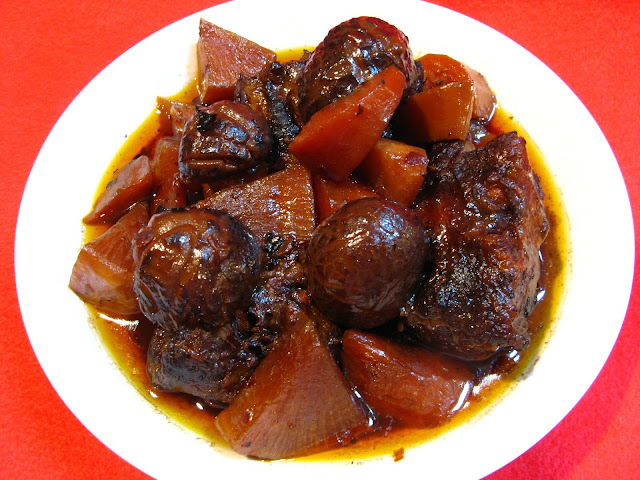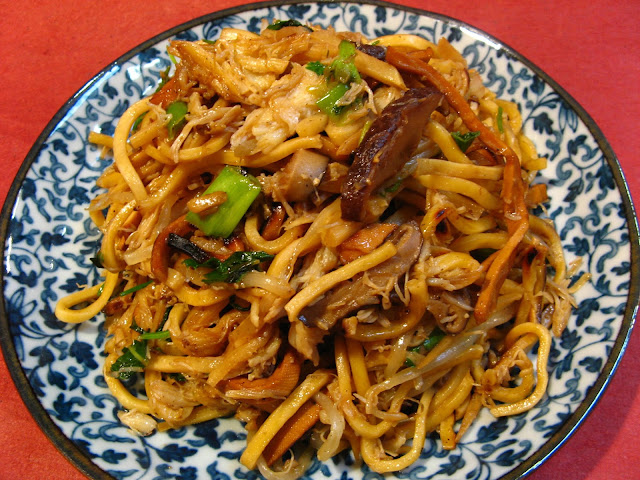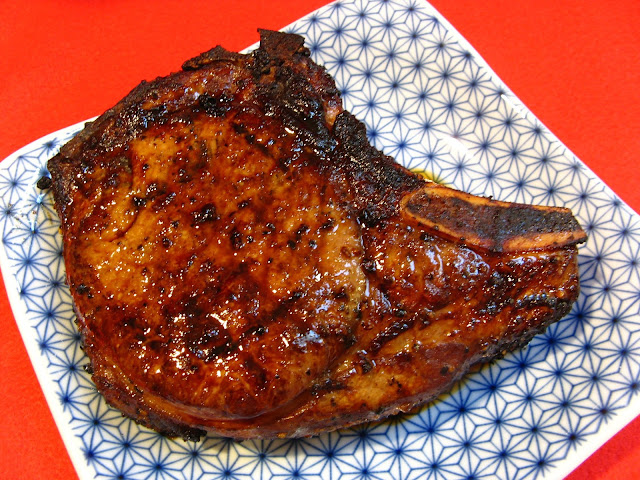I made this tasty soup for my family’s 2016 Thanksgiving
dinner, and is very similar to the soup I made for Christmas 2015: Seafood
Winter Melon Soup (海鮮冬瓜羹, Hoi2 Sin1
Dung1 Gwaa1 Gang1). The soup is loaded
with lots of seafood and is a special occasion type dish. I was able to get sliced
abalone at my local Asian market. Usually fresh (or thawed) abalone is very
hard to find where I live (it’s usually only available frozen or dried), so I
took the opportunity to use it in this soup. Since abalone becomes tough if
cooked too long, the abalone is added as the very last ingredient to the soup
just to warm it in order to keep it tender.
Fish maw is the bladder of the fish that controls buoyancy.
Fish maw is one of those weird and wonderful special banquet ingredients (at
least in my experience) that is served at auspicious events such as weddings
and at Lunar New Year. Fish maw can be purchased at your local Asian market or
herb specialty store. If you’re lucky enough to have an Asian herb store near
you, it’s worth going in to see all the dried herbs and creatures that are sold
at these stores. The herb stores also have the most variety of fish maw to buy
and with the prices to match!
There are two types of fish maw: dried and fried. For this
soup dish, the fried version is used. If you purchase the dried version, like I
did, there’s an extra step to deep fry the fish maw yourself. I actually
shallow fried the fish maw, ladling hot oil over the fish maw (be careful when
using this method). You can save a step and time by buying the fried version.
The best description of fried fish maw is that it look like chicharrón, which
is fried pork skin. The fried fish maw has to soak in cold water for at least
an hour to soften it to a spongy texture and then cut into bite sized pieces.
After soaking, fish maw has no inherent flavor (so it won’t smell fishy at all)
and acquires the flavors of the ingredients it is cooked with. So the use of a
good stock and ingredients is important to the flavor of this soup.
The soup stock was made using the Bone Soup
(湯, Tong1) recipe. You can
used a prepared soup stock, but the taste of the soup is heavily dependent upon
the quality of the ingredients. So if you’re going to all the trouble and
expense to make this soup, you should make your own soup stock. The last
Chinese character in the recipe’s name, 羹 (gang1), signifies that this is a thick soup. A
thick soup means that a corn starch solution is added to thicken the soup. The
amount of thickener added to the soup depends upon personal preference, but the
soup should be thicker than a normal soup and not thicker than a very thick
gravy.
Enjoy!







